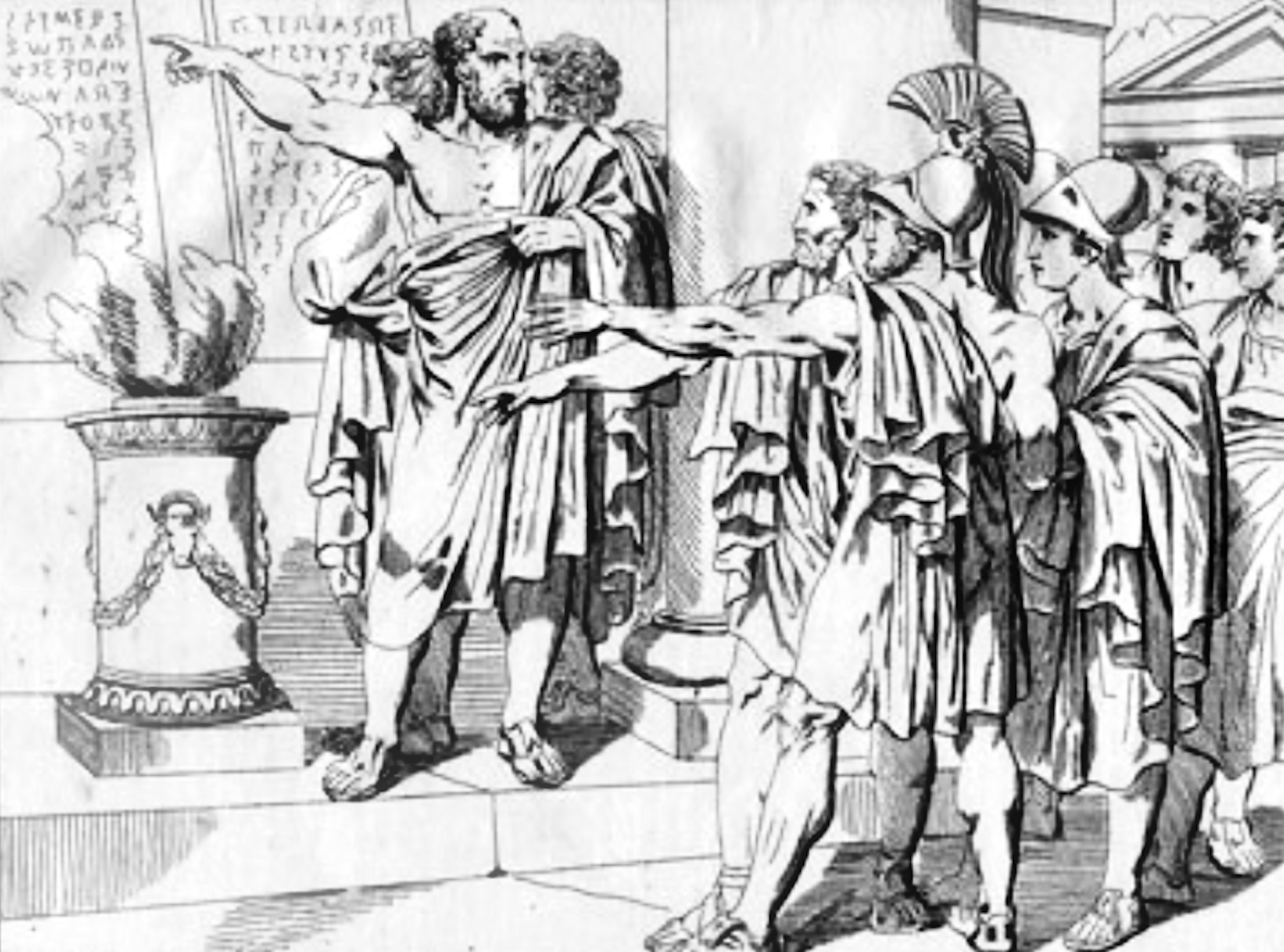|
Solon Borglum
Solon Hannibal de la Mothe Borglum (December 22, 1868 – January 31, 1922) was an American sculptor. He is most noted for his depiction of frontier life, and especially his experience with cowboys and native Americans. He was awarded the Croix de Guerre by France for his work with ''Les Foyers du Soldat'' service clubs during World War I. Early life Born in Ogden, Utah, Borglum was the younger brother of Gutzon Borglum and uncle of Lincoln Borglum, the two men most responsible for the creation of the carvings at Mount Rushmore. Solon's Danish immigrant father James Borglum was a Mormon polygamist, being married to two sisters, Ida and Christina Michelson. When the family – each wife had two children – moved to Nebraska they could no longer openly be husband and wives, so Solon and Gutzon's mother Christina was listed as the family servant. When the father moved the family again to St. Louis in 1871, so that he could attend medical school, the decision was made ... [...More Info...] [...Related Items...] OR: [Wikipedia] [Google] [Baidu] |
Ogden, Utah
Ogden is a city in and the county seat of Weber County, Utah, United States, approximately east of the Great Salt Lake and north of Salt Lake City. The population was 87,321 in 2020, according to the US Census Bureau, making it Utah's eighth largest city. The city served as a major railway hub through much of its history,Maia Armaleo "Grand Junction: Where Two Lines Raced to Drive the Last Spike in Transcontinental Track," ''American Heritage'', June/July 2006. and still handles a great deal of freight rail traffic which makes it a convenient location for and |
Thomas Eakins
Thomas Cowperthwait Eakins (; July 25, 1844 – June 25, 1916) was an American realist painter, photographer, sculptor, and fine arts educator. He is widely acknowledged to be one of the most important American artists. For the length of his professional career, from the early 1870s until his health began to fail some 40 years later, Eakins worked exactingly from life, choosing as his subject the people of his hometown of Philadelphia. He painted several hundred portraits, usually of friends, family members, or prominent people in the arts, sciences, medicine, and clergy. Taken ''en masse'', the portraits offer an overview of the intellectual life of contemporary Philadelphia; individually, they are incisive depictions of thinking persons. In addition, Eakins produced a number of large paintings that brought the portrait out of the drawing room and into the offices, streets, parks, rivers, arenas, and surgical amphitheaters of his city. These active outdoor venues allo ... [...More Info...] [...Related Items...] OR: [Wikipedia] [Google] [Baidu] |
New Canaan, Connecticut
New Canaan () is a town in Fairfield County, Connecticut, United States. The population was 20,622 according to the 2020 census. About an hour from Manhattan by train, the town is considered part of Connecticut's Gold Coast. The town is bounded on the south by Darien, on west by Stamford, on the east by Wilton, on the southeast by Norwalk, and on the north by Lewisboro and Pound Ridge in Westchester County, New York. New Canaan is known for its architecture and public parks such as Waveny Park, and a town center with boutiques. Residents sing carols on God's Acre every Christmas Eve, a town tradition since 1916. Additionally, New Canaan is one of the wealthiest towns in the country, appearing in multiple rankings of the nation’s richest zip codes. It is also known for its public school system, which in 2018 was ranked as the top public school system in Connecticut, and in 2008 the third-best in the country. History In 1731, Connecticut's colonial legislature establish ... [...More Info...] [...Related Items...] OR: [Wikipedia] [Google] [Baidu] |
Silvermine, Connecticut
Silvermine is an unincorporated community in Fairfield County, Connecticut, United States that extends across three southwestern Connecticut towns: Norwalk, New Canaan and Wilton. The name "Silvermine" comes from old legends of a silver mine in the area, although no silver has ever been found. Silvermine was long an art colony and remains the home of the Silvermine Guild Arts Center. The Silvermine Tavern, an inn occupying several historic buildings, also remains in the neighborhood. Silver Hill Hospital is just beyond the northern end of the neighborhood, in New Canaan near the Wilton border. There are two community groups specific to Silvermine: The Silvermine Community Association and the Norwalk Association of Silvermine Homeowners (NASH). History The area has been settled since at least the late seventeenth century. In the eighteenth century, the Silvermine River was used for 12 or 13 mills in the neighborhood because it fell steeply enough for the water power to be profi ... [...More Info...] [...Related Items...] OR: [Wikipedia] [Google] [Baidu] |
Buffalo, NY
Buffalo is the second-largest city in the U.S. state of New York (behind only New York City) and the seat of Erie County. It is at the eastern end of Lake Erie, at the head of the Niagara River, and is across the Canadian border from Southern Ontario. With a population of 278,349 according to the 2020 census, Buffalo is the 78th-largest city in the United States. The city and nearby Niagara Falls together make up the two-county Buffalo–Niagara Falls Metropolitan Statistical Area (MSA), which had an estimated population of 1.1 million in 2020, making it the 49th largest MSA in the United States. Buffalo is in Western New York, which is the largest population and economic center between Boston and Cleveland. Before the 17th century, the region was inhabited by nomadic Paleo-Indians who were succeeded by the Neutral, Erie, and Iroquois nations. In the early 17th century, the French began to explore the region. In the 18th century, Iroquois land surrounding Buffalo Cree ... [...More Info...] [...Related Items...] OR: [Wikipedia] [Google] [Baidu] |
Pan-American Exposition
The Pan-American Exposition was a World's Fair held in Buffalo, New York, United States, from May 1 through November 2, 1901. The fair occupied of land on the western edge of what is now Delaware Park, extending from Delaware Avenue to Elmwood Avenue and northward to Great Arrow Avenue. It is remembered today primarily for being the location of the assassination of United States President William McKinley at the Temple of Music on September 6, 1901. The exposition was illuminated at night. Thomas A. Edison, Inc. filmed it during the day and a pan of it at night. History The event was organized by the Pan-American Exposition Company, formed in 1897. Cayuga Island was initially chosen as the place to hold the Exposition because of the island's proximity to Niagara Falls, which was a huge tourist attraction. When the Spanish–American War broke out in 1898, plans were put on hold. After the war, there was a heated competition between the cities of Buffalo and Niagara Falls over ... [...More Info...] [...Related Items...] OR: [Wikipedia] [Google] [Baidu] |
Exposition Universelle (1900)
The Exposition Universelle of 1900, better known in English as the 1900 Paris Exposition, was a world's fair held in Paris, France, from 14 April to 12 November 1900, to celebrate the achievements of the past century and to accelerate development into the next. It was held at the esplanade of Les Invalides, the Champ de Mars, the Trocadéro and at the banks of the Seine between them, with an additional section in the Bois de Vincennes, and it was visited by more than 50 million people. Many international congresses and other events were held within the framework of the Exposition, including the 1900 Summer Olympics. Many technological innovations were displayed at the Fair, including the ''Grande Roue de Paris'' ferris wheel, the '' Rue de l'Avenir'' moving sidewalk, the first ever regular passenger trolleybus line, escalators, diesel engines, electric cars, dry cell batteries, electric fire engines, talking films, the telegraphone (the first magnetic audio recorder), the ... [...More Info...] [...Related Items...] OR: [Wikipedia] [Google] [Baidu] |
Augustus Saint-Gaudens
Augustus Saint-Gaudens (; March 1, 1848 – August 3, 1907) was an American sculptor of the Beaux-Arts generation who embodied the ideals of the American Renaissance. From a French-Irish family, Saint-Gaudens was raised in New York City, he traveled to Europe for further training and artistic study. After he returned to New York, he achieved major critical success for his monuments commemorating heroes of the American Civil War, many of which still stand. Saint-Gaudens created works such as the '' Robert Gould Shaw Memorial'' on Boston Common, '' Abraham Lincoln: The Man'', and grand equestrian monuments to Civil War generals: ''General John Logan Memorial'' in Chicago's Grant Park and ''William Tecumseh Sherman'' at the corner of New York's Central Park. In addition, he created the popular historicist representation of ''The Puritan''. Saint-Gaudens also created Classicism, Classical works such as the Diana (Saint-Gaudens), ''Diana'', and employed his design skills in numismat ... [...More Info...] [...Related Items...] OR: [Wikipedia] [Google] [Baidu] |
Emmanuel Fremiet
Immanuel ( he, עִמָּנוּאֵל, 'Īmmānū'ēl, meaning, "God is with us"; also romanized: , ; and or in Koine Greek of the New Testament) is a Hebrew name that appears in the Book of Isaiah (7:14) as a sign that God will protect the House of David. The Gospel of Matthew ( Matthew 1:22 –23) interprets this as a prophecy of the birth of the Messiah and the fulfillment of Scripture in the person of Jesus. ''Immanuel'' "God ( El) with us" is one of the "symbolic names" used by Isaiah, alongside Shearjashub, Maher-shalal-hash-baz, or Pele-joez-el-gibbor-abi-ad-sar-shalom. It has no particular meaning in Jewish messianism. By contrast, the name based on its use in Isaiah 7:14 has come to be read as a prophecy of the Christ in Christian theology following Matthew 1:23, where ''Immanuel'' () is translated as (KJV: "God with us"). Isaiah 7–8 Summary The setting is the Syro-Ephraimite War, 735-734 BCE, which saw the Kingdom of Judah pitted against two northern neig ... [...More Info...] [...Related Items...] OR: [Wikipedia] [Google] [Baidu] |
Denys Puech
Denys Puech (3 December 1854, Gavernac, Bozouls, Aveyron – December 1942, Rodez, Aveyron) was a French sculptor. Biography From a family of farmers (his brother was Louis Puech, Député for the Seine Department from 1898 to 1932, and Minister of Public Works from 3 November 1910 to 27 February 1911), he began as an apprentice in the marble workshop of François Mahoux in Rodez. In 1872, after two years training, he pursued an apprenticeship in Paris in the workshop of François Jouffroy then of Alexandre Falguière and Henri Chapu, at the same time following an evening course at the Beaux-Arts. 1881 and 1883 saw his first successes, when he twice won the second prize in the prix de Rome contest, for his ''Tyrtaeus singing the Messanians'' (''Tyrtée chantant les Messéniennes'') and '' Diagoras dying for joy on learning of his two victorious children's triumph at the Olympic Games'' (''Diagoras mourant de joie en apprenant le triomphe de ses deux enfants vainqueurs aux Jeu ... [...More Info...] [...Related Items...] OR: [Wikipedia] [Google] [Baidu] |
Académie Julian
The Académie Julian () was a private art school for painting and sculpture founded in Paris, France, in 1867 by French painter and teacher Rodolphe Julian (1839–1907) that was active from 1868 through 1968. It remained famous for the number and quality of artists who attended during the great period of effervescence in the arts in the early twentieth century. After 1968, it integrated with . History Rodolphe Julian established the Académie Julian in 1868 at the Passage des Panoramas, as a private studio school for art students.Tate Gallery"Académie Julian."/ref> The Académie Julian not only prepared students for the exams at the prestigious École des Beaux-Arts, but offered independent alternative education and training in arts. "Founded at a time when art was about to undergo a long series of crucial mutations, the Academie Julian played host to painters and sculptors of every kind and persuasion and never tried to make them hew to any one particular line". In 1880, wo ... [...More Info...] [...Related Items...] OR: [Wikipedia] [Google] [Baidu] |
Solon Borglum 1902
Solon ( grc-gre, Σόλων; BC) was an Athenian statesman, constitutional lawmaker and poet. He is remembered particularly for his efforts to legislate against political, economic and moral decline in Archaic Athens.Aristotle ''Politics'' 1273b 35–1274a 21 His reforms failed in the short term, yet Solon is credited with having laid the foundations for Athenian democracy.Stanton, G. R. ''Athenian Politics c. 800–500 BC: A Sourcebook'', Routledge, London (1990), p. 76.E. Harris, ''A New Solution to the Riddle of the Seisachtheia'', in ''The Development of the Polis in Archaic Greece'', eds. L. Mitchell and P. Rhodes (Routledge 1997) 103 His constitutional reform also succeeded in overturning most laws established by Draco. Modern knowledge of Solon is limited by the fact that his works only survive in fragments and appear to feature interpolations by later authors and by the general paucity of documentary and archaeological evidence covering Athens in the early 6th cent ... [...More Info...] [...Related Items...] OR: [Wikipedia] [Google] [Baidu] |
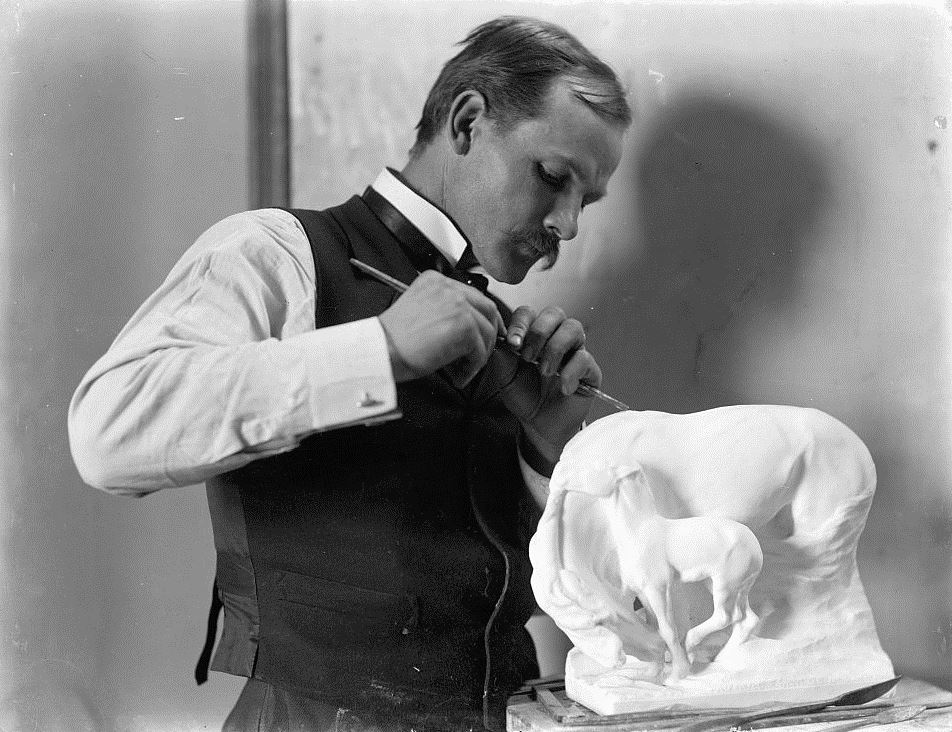

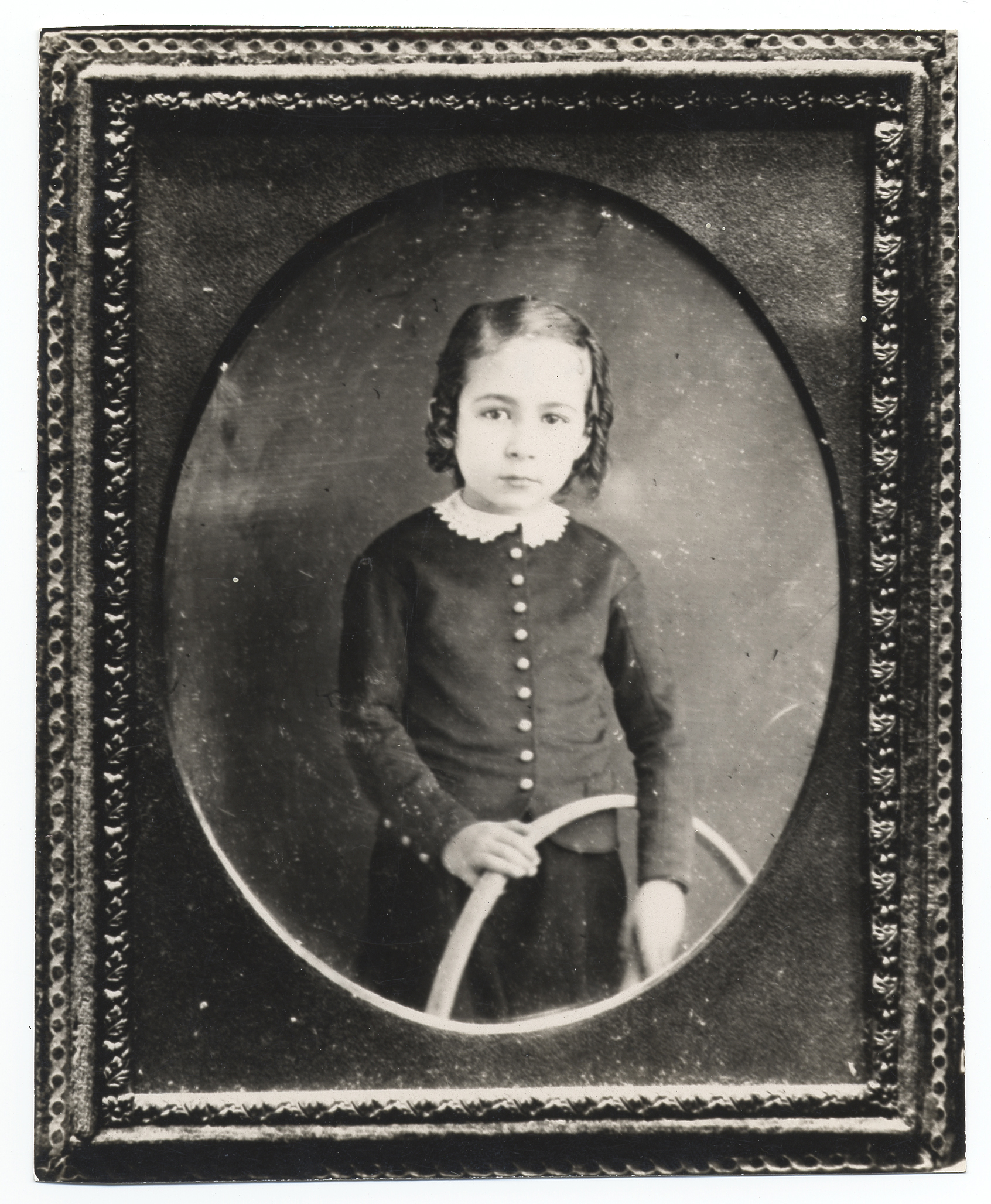
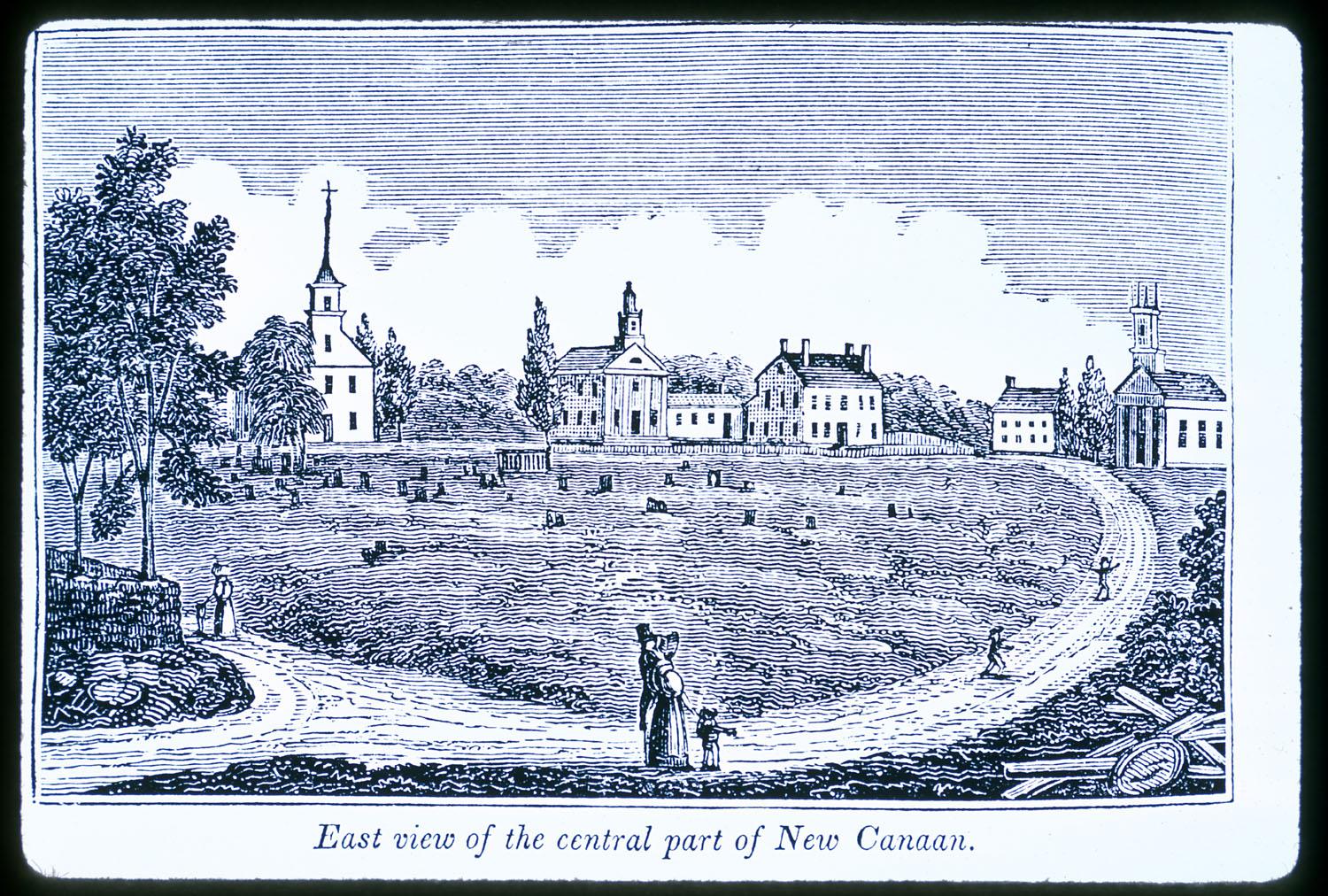



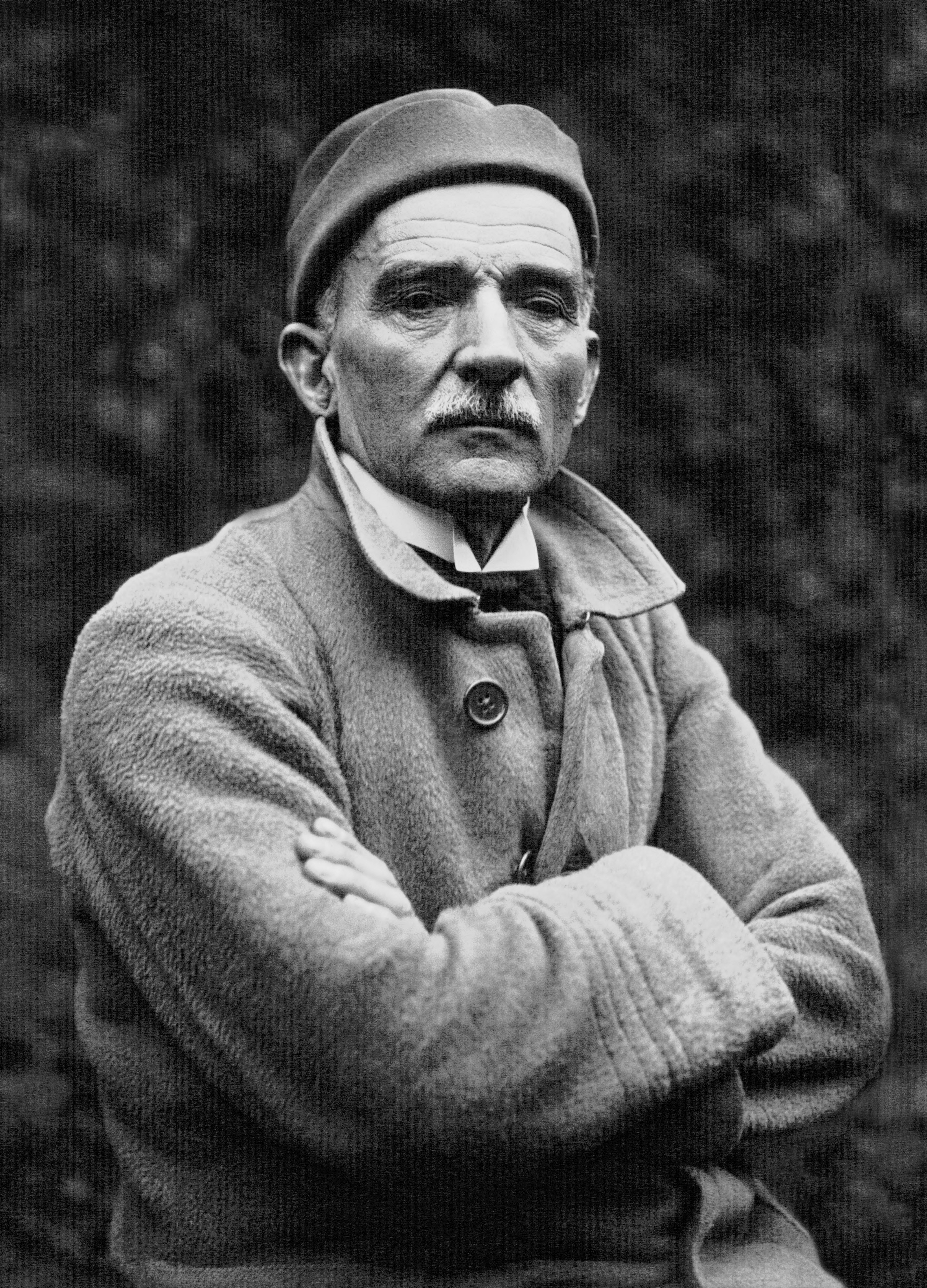
.jpg)
